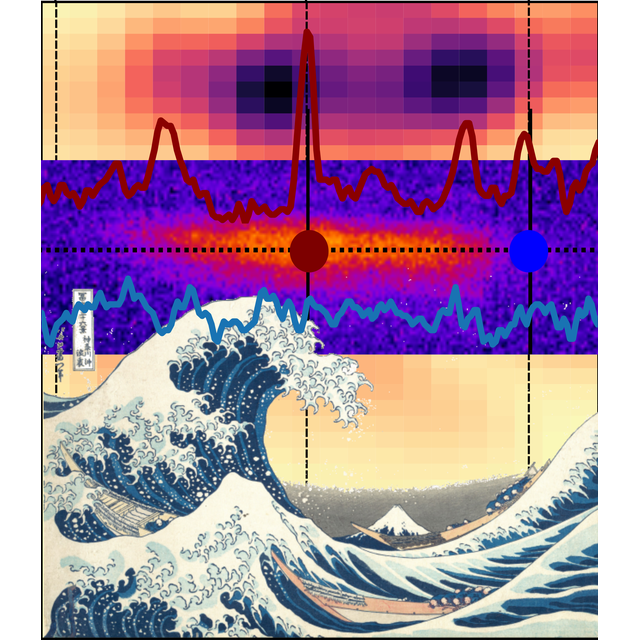Extreme events are rare and intense phenomena found in a variety of situations occurring in hydrodynamics (oceanic rogue waves), earth sciences (earthquakes, volcanic eruptions, floods), finance (market crashes, bubbles), biology (epileptic seizures) and social sciences (crime waves, mass migrations). Though the origin of these phenomena may differ a lot, it is important to be able to understand the underlying mechanisms in order to try to predict them, since they can have dramatic consequences. Because these events are rare by definition, photonics has become a good platform to study them thanks to the fast timescales at hand making it possible to record a high number of such events and have a reliable statistics in a short amount of time, in a laboratory experiment. Moreover, the flexibility of materials and systems used in optics can cover many different physical situations. In a previous study, the group at C2N together with its collaborators at University of Lille and University of Chile had shown that extreme events can emerge thanks to the occurrence of spatiotemporal chaos, a kind of complex dynamics found in systems evolving in space and time but that one can describe with a deterministic model. More recently, using a combination of model-free forecasting techniques using machine learning and of information theoretic measures, they were able to show that it is possible to forecast in advance and with a good accuracy the occurrence of extreme events in this experimental system using non-local information, i.e. using time recordings in a different location than the predicted extreme event [1]. This demonstration distinguishes itself from other recent ones by the use of partially known experimental data (only part of the information is available at once), a situation often encountered in real natural and experimental situations.
References
Extreme Events Prediction from Nonlocal Partial Information in a Spatiotemporally Chaotic Microcavity Laser
V. A. Pammi1, M. G. Clerc2, S. Coulibaly3, and S. Barbay1
Phys. Rev. Lett. 130, 223801 – Published 31 May 2023
DOI:https://doi.org/10.1103/PhysRevLett.130.223801
Affiliations
1Université Paris-Saclay, CNRS, Centre de Nanosciences et de Nanotechnologies, 91120 Palaiseau, France
2Departamento de Física and Millenium Institute for Research in Optics, Facultad de Ciencias Físicas y Matemáticas, Universidad de Chile, Casilla 487-3, Santiago, Chile
3Univ. Lille, CNRS, UMR 8523 - PhLAM - Physique des Lasers Atomes et Molécules, F-59000 Lille, France
Contact : Sylvain Barbay
Figure : Illustration de la prédiction d'événements extrêmes dans un laser en se basant sur la connaissance d'une information (trace temporelle en bleu enregistrée au niveau de l'émission laser au point bleu sur le champ proche du laser, en insert) en un point différent du point de l'événement (pic d'intensité sur la trace temporelle en rouge foncé enregistrée au point de même couleur sur le champ proche du laser). La méthode utilise l'entropie de transfert visible dans le fond de l'image.









